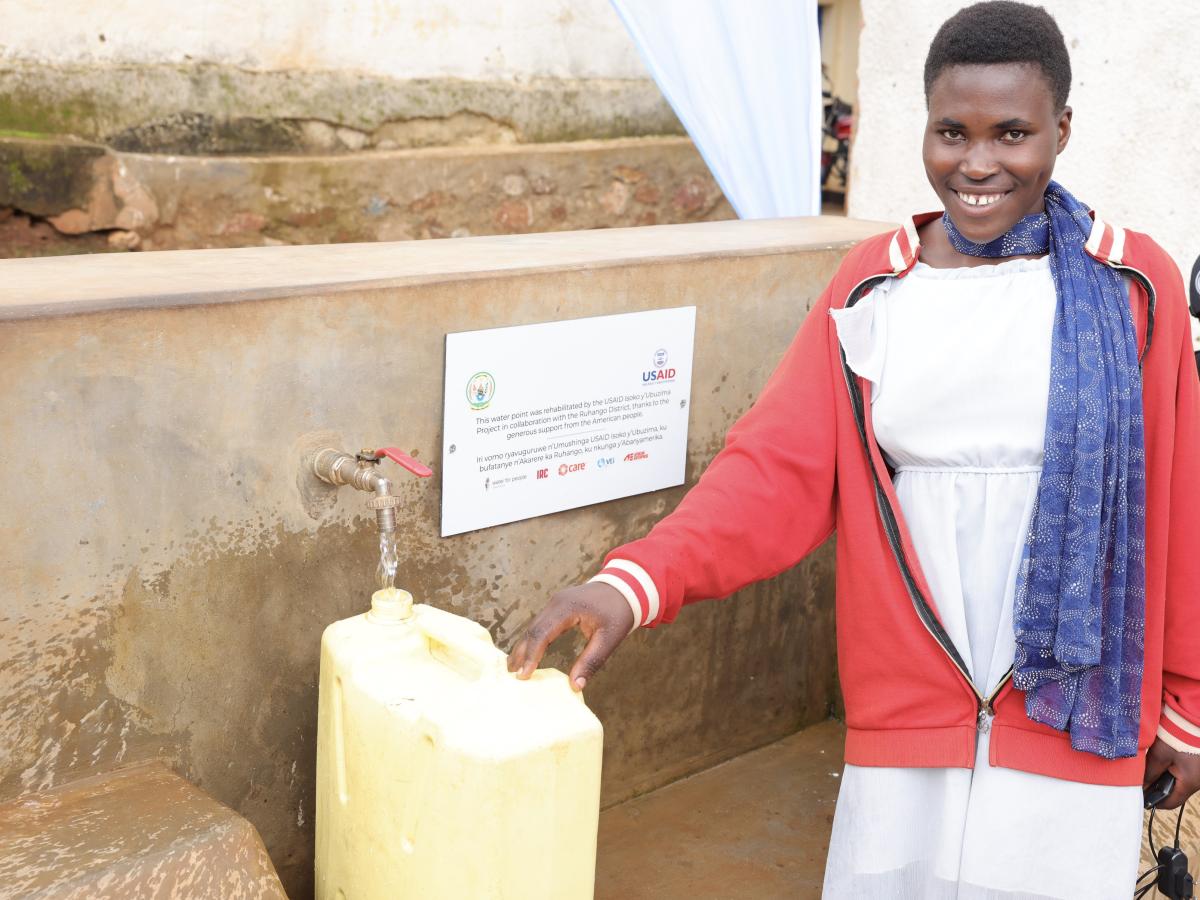Flowing Forward: Pipe Improvements and Fair Billing Secure Safe Water
The increased pressure on water resources and infrastructure is leading to water scarcity. How do we sustainably ensure access to clean and safe water for remote communities in Rwanda?
Across Rwanda, clean and safe drinking water is scarce. As the population grows and economic aspirations soar, the shadow of water scarcity looms large, creating an urgent challenge across the nation's rural tapestry.
Here, water is not merely a resource, but a key element ensuring health, social harmony, and prosperity. Amidst this backdrop, the rural communities face a silent adversary: non-revenue water, or water that vanishes before reaching the people, lost to the land through leaky pipes, or slipping through the cracks of financial accounting.
The specter of non-revenue water threatens the sustainable water management, with poor billing systems, unregistered consumers, bouts of vandalism, and a myriad of other challenges that leave water utilities grappling with inefficiencies and economic drain.
USAID Isoko y’Ubuzima, or Source of Life, harnesses the power of the local community and blends it seamlessly with the most advanced approaches sure to improve more efficient water, hygiene, and sanitation services. At its heart, this project is a clear call to action: through strategic partnerships with local administrations and private operators of rural water supply services, the team works to reduce as much as possible the non-revenue water.
Through meticulous monitoring, proactive planning, and the deployment of innovative solutions, USAID Isoko y’Ubuzima is transforming the landscape of water service management in Rwanda. They are improving pipes that can be salvaged, installing new portions of water pipes where the current ones are too damaged to be repaired, and working closely with technicians and local authorities to corner the issue of water losses also from the management, billing and metering perspective. They team up with private operators of rural water supply to monitor, analyze and develop data-based action plans for reducing non-revenue water.
Theoneste Rambo Gombaniro, a dedicated plumber in Ngoma, would report significant water losses, but could not identify where they were occurring. These days, Theoneste knows how to find the leaks, and has the tools to help him with this task, all courtesy of the project's support.
Primary TextThe new meters help us to monitor the quantity of water entering an area, the quantity consumed, and the quantity that is not used, or in other words, that is lost.
Advanced metering systems now allow his team to track every drop of water, from source to destination, identifying losses and paving the way for precise interventions.
The results are nothing short of outstanding. In areas like Gasetsa, Rukumberi and Kirehe, the tides of non-revenue water are receding, revealing the potential for a future where every drop of water is treasured, and communities thrive.
With non-revenue water reduction from a staggering 80 percent to 17 percent in some areas, USAID Isoko Y’Ubuzima has a proof of concept for a novel, inclusive approach to minimizing losses for private operators of rural water supply and minimizing the wasting of water resources.

Josiane Mukarurinda can now access clean and safe water close to her home in Ruhanga, Rwanda.
Martin Tindiwensi for USAID.
The results achieved with USAID’s support are much more than just numbers on a chart; thousands of children now have clean and safe water in their schools, thousands of patients in local hospitals don’t need to fear renewed infections or health issues stemming from unsanitary water.
It’s interventions like this one: sustainable, inclusive, and involving the local community every step of the way, that hold the promise for healthier and more flourishing tomorrow.

Ruhango now has a source of clean and safe water that is accessible to all community members.
Martin Tindiwensi for USAID.
To learn more, get in touch with our Water, Sanitation and Hygiene specialist, Janvier Karuhije at jkaruhije@usaid.gov.
USAID Isoko Y'Ubuzima (Source of Life) is a 5-year activity of US $21 million, implemented by Water for People. It improves access to and utilization of safe drinking water, along with sanitation and hygiene services. The activity increases district ownership and capacity to plan and deliver sustainable, high-quality water, sanitation and hygiene (WASH) services in order to decrease diseases related to the lack of proper WASH services.

